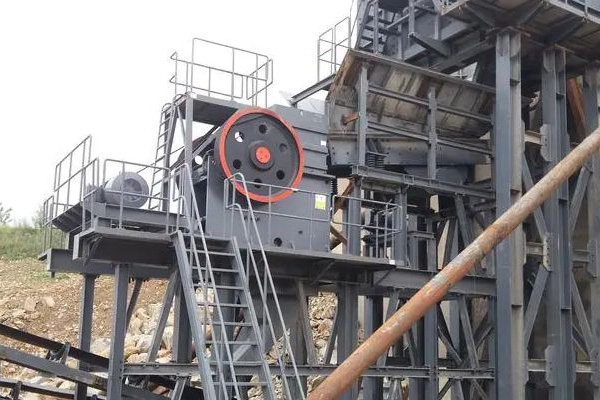Selecting the right crusher for a granite quarry is crucial to ensuring optimal efficiency and output. Granite is a highly durable and abrasive material, so the type of crusher used must be capable of handling its hardness and provide the necessary crushing power. The selection process involves considering several factors, including material hardness, size, production capacity, and economic considerations. A carefully chosen crusher will increase productivity while minimizing operational costs.
Material Properties and Crusher Types
Granite, being an igneous rock, is known for its strength and hardness, which can challenge many types of crushers. Jaw crushers are frequently used in granite quarries due to their capability to handle large, hard materials. For primary crushing, jaw crushers work efficiently by breaking down the large granite blocks into smaller, manageable sizes. Additionally, cone crushers are popular in secondary or tertiary crushing as they provide precise, consistent gradation and can handle the high compressive strength of granite. Impact crushers, while not typically used for granite due to wear concerns, can be employed for specific needs where shaping is crucial.

Size of the Feed and Output Requirements
One of the primary factors in crusher selection is the size of the granite blocks entering the crusher. Jaw crushers are typically preferred when dealing with larger blocks that need to be broken down for secondary processing. However, for smaller feed sizes, cone crushers or impact crushers might be more suitable, as they offer a higher reduction ratio. The output size is also critical since different applications, such as construction aggregates or decorative stone, require different sizes of crushed granite.
Production Capacity and Efficiency
Granite quarries demand crushers with high production capacities due to the volume of rock that must be processed. Machines like cone crushers are built to handle high throughput while maintaining a fine particle distribution, making them suitable for large-scale granite quarries. High-efficiency crushers not only maximize production but also help reduce downtime caused by maintenance. Some crushers are also designed with automated systems to monitor wear and tear, further optimizing operational efficiency.
Durability and Wear Resistance
Given granite’s abrasive nature, crusher components must be made of highly durable materials to withstand wear. For example, manganese steel is commonly used for jaw crusher plates, while tungsten carbide inserts may be used in cone crusher liners to extend wear life. Regular maintenance and replacement of wear parts are necessary to maintain high crushing efficiency, and choosing crushers with easily replaceable components can reduce downtime in the long term.
Economic Considerations
The cost of purchasing, operating, and maintaining a crusher plays a significant role in the selection process. While jaw crushers are generally less expensive upfront, cone crushers may offer better long-term value due to their ability to produce a more refined end product with less frequent wear part replacement. Ultimately, the selection must balance the initial investment with the total cost of ownership, including energy consumption, repair costs, and the expected lifespan of the equipment in the granite quarrying environment.

